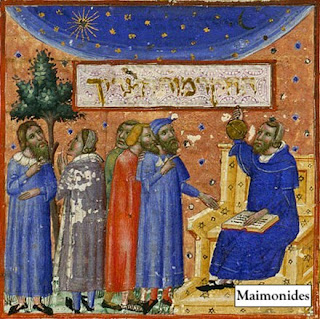Also spelled dirhem or drahm, the name comes from the Greek drachma, because it was originally a silver coin circulated in the pre-Islamic Mid-East out of Byzantium. Persia adopted the word drahm to refer to it, and near the end of the 7th century the Islamic world started minting its own version. Originally the dirham bore the head of the caliph, but that was considered idolatry, so the caliph's image was replaced with verses from the Koran. They were also commonly imprinted with the phrase "Muhammad is the messenger of God" and a statement of the year and location of their minting.
Used widely around the Mediterranean coasts (North Africa, Egypt, the Eastern coast, Moorish Spain), through trade and plunder it wound up in places as far-off as Britain and Sweden. It was so ubiquitous that Jewish Orthodox law even used the dirham as a unit of weight to indicate requirements in religious functions, such as the "dough portion" the proportion of your bread dough that should be offered to the kohen, the Jewish priest. Maimonides (1138 - 1204), an extremely influential philosopher and scholar of the Torah, calculated the dough portion at "520 dirhams of wheat flour." He was referring specifically to dirhams minted in Egypt, which were 3.333 grams each (3.8 pounds is a lot of bread dough!). Other locations minted dirhams that may have been consistently different by fractions of a gram.
The dirham is still used as a unit of currency in several countries as a division of the dinar.
There is an interesting variation of the dirham called the "Moses coin" from the Khazar region. A handful exist (one was found in the Spillings Hoard), and the inscription on them—specifically the mint location and date—raises more questions than answers. I'll tell you about them tomorrow, and why what appeared to be an Islamic coin is called a "Moses coin."









